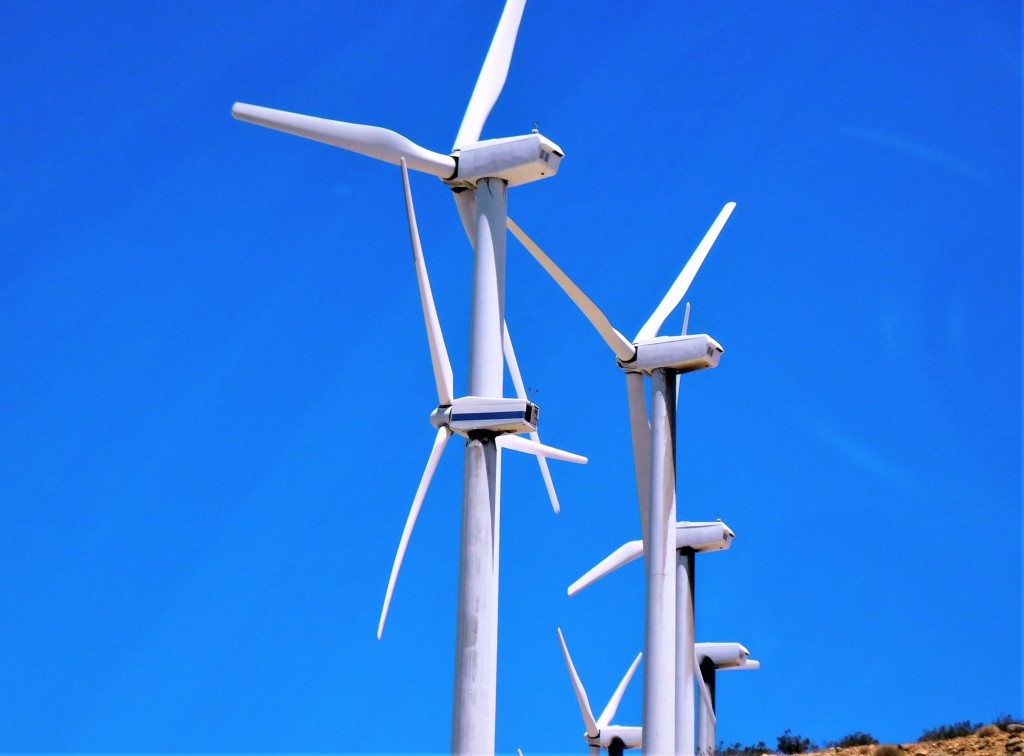
Introduction to Wind Energy
In recent years, there has been a growing concern about the impact of fossil fuels on the environment and the need for sustainable sources of energy. As a result, renewable energy has gained significant attention as a viable alternative to traditional forms of power generation. One such form is wind energy, which harnesses the power of the wind to generate electricity. This essay aims to provide an introduction to wind energy and explore its potential as a renewable source.
Wind energy is not a new concept; it has been used for centuries in various ways, from powering sailboats to grinding grain in windmills. However, it is only in recent decades that technological advancements have made it possible to harness wind power on a large scale for electricity generation. Wind turbines are now commonly seen dotting landscapes around the world, transforming kinetic energy from moving air into electrical power.
The primary advantage of wind energy lies in its renewability. Unlike fossil fuels such as coal or oil, which are finite resources that will eventually run out, wind is an abundant resource that will never deplete. The Earth’s atmosphere constantly replenishes itself with air currents caused by solar radiation and temperature differences between regions. This means that as long as there is air movement, there will always be an opportunity to capture wind energy.
Another significant benefit of wind energy is its environmental friendliness compared to conventional forms of power generation. Burning fossil fuels releases greenhouse gases into the atmosphere, contributing to climate change and air pollution. In contrast, harnessing wind power produces no direct emissions or pollutants during operation. The carbon footprint associated with manufacturing and installing turbines can be offset within months or years of operation through clean electricity production.
Furthermore, wind farms have minimal land requirements compared to other forms of renewable energy like solar or hydroelectric power plants. Turbines can be installed on agricultural land without significantly impacting farming activities or wildlife habitats if planned properly. Additionally, offshore installations can take advantage of strong coastal winds, reducing the need for land use altogether. This versatility makes wind energy an attractive option for countries with limited available space.
Despite its numerous advantages, wind energy also faces some challenges. One of the main concerns is the intermittent nature of wind itself. Unlike traditional power plants that can operate continuously, wind turbines rely on consistent wind speeds to generate electricity consistently. If the wind is too weak or too strong, turbines may not produce power efficiently or may need to shut down entirely for safety reasons. This intermittency requires careful integration into existing power grids and backup systems to ensure a stable supply of electricity.
Another challenge is public perception and aesthetic concerns regarding the visual impact of wind farms on landscapes. Some individuals argue that turbines are eyesores that spoil natural beauty or interfere with cultural heritage sites. However, it is essential to consider the broader context and long-term benefits of renewable energy in mitigating climate change and reducing dependence on fossil fuels.
In conclusion, wind energy offers a promising solution to address our increasing energy demands while minimizing environmental impact. Its renewability, lack of direct emissions, and minimal land requirements make it an attractive option for sustainable power generation. Although challenges exist in terms of intermittency and public perception, ongoing technological advancements are continually improving efficiency and addressing these concerns. As we move towards a greener future, harnessing the power of the wind will undoubtedly play a crucial role in our transition to renewable energy sources.

 Awaken the Giant Within
Awaken the Giant Within  The Power of Positive Thinking
The Power of Positive Thinking